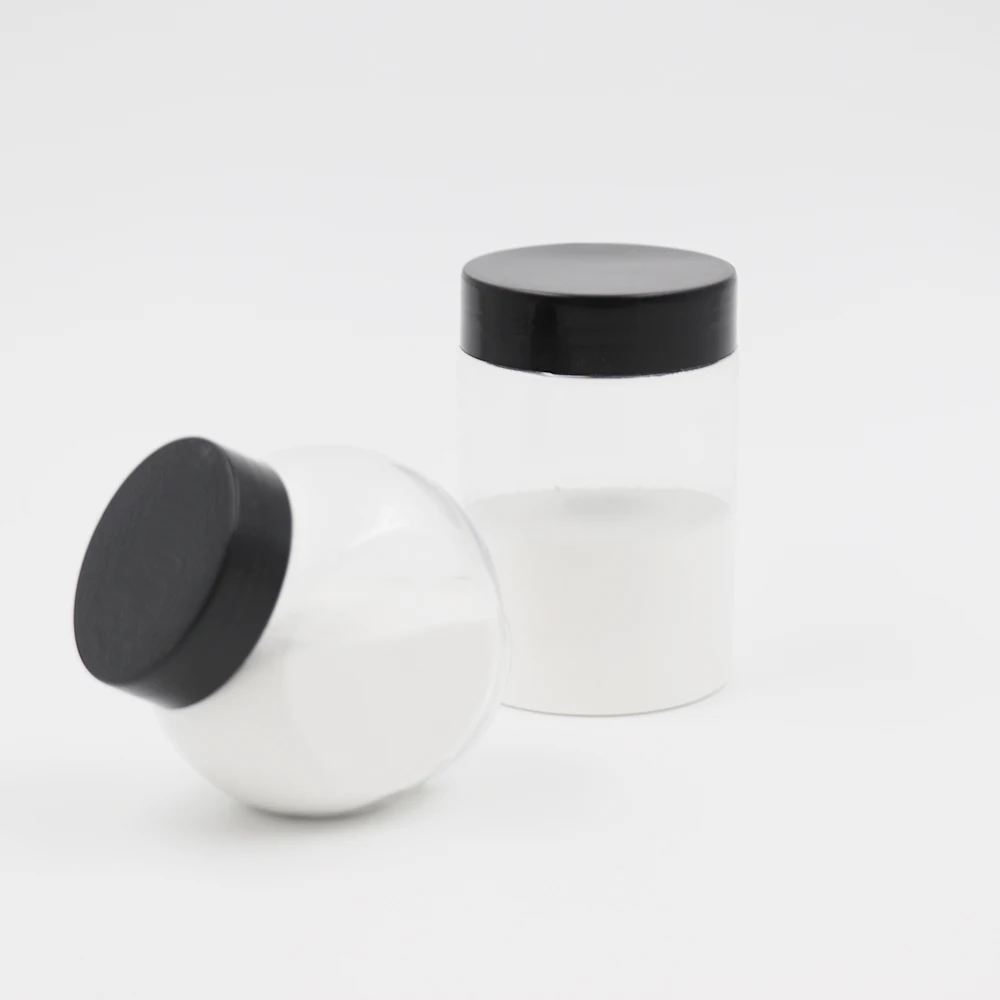
How to judge the water reduction rate of Polycarboxylate Superplasticizer
2024-01-22 11:03The water reduction rate of Polycarboxylate Superplasticizer can be judged by conducting a standard slump test or a flow cone test.
These tests are commonly used in the construction industry to determine the workability of concrete and the effectiveness of superplasticizers.
High-range superplasticizer In a slump test, a sample of concrete is placed in a cone-shaped mold and compacted. The mold is then removed, and the concrete is allowed to settle.
The height of the concrete is measured, and the difference between the original height and the settled height is the slump.
The higher the slump, the more workable the concrete.
A flow cone test is similar to a slump test but uses a different type of mold. The concrete is poured into the mold, and the mold is lifted,
allowing the concrete to flow out. The time it takes for the concrete to flow a certain distance is measured. The shorter the time, the more workable the concrete.
To judge the water reduction rate of Polycarboxylate Superplasticizer, the slump or flow cone test is conducted on two batches of concrete, one with the superplasticizer and one without. The difference in slump or flow time between the two batches is the water reduction rate of the superplasticizer. The higher the difference, the higher the water reduction rate and the more effective the superplasticizer.

